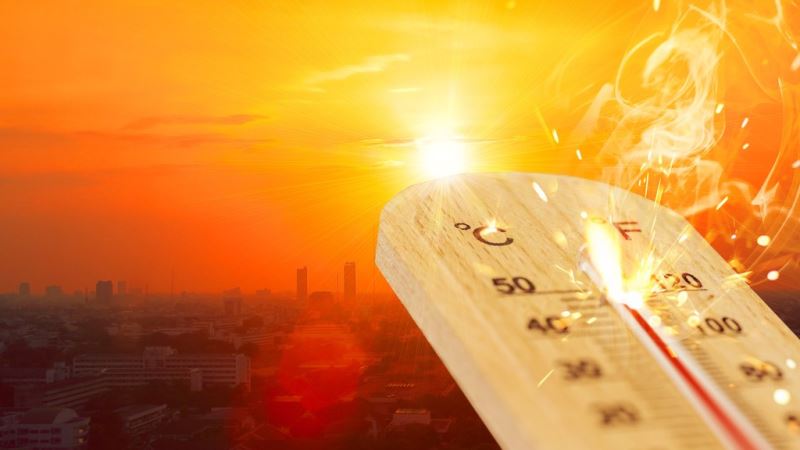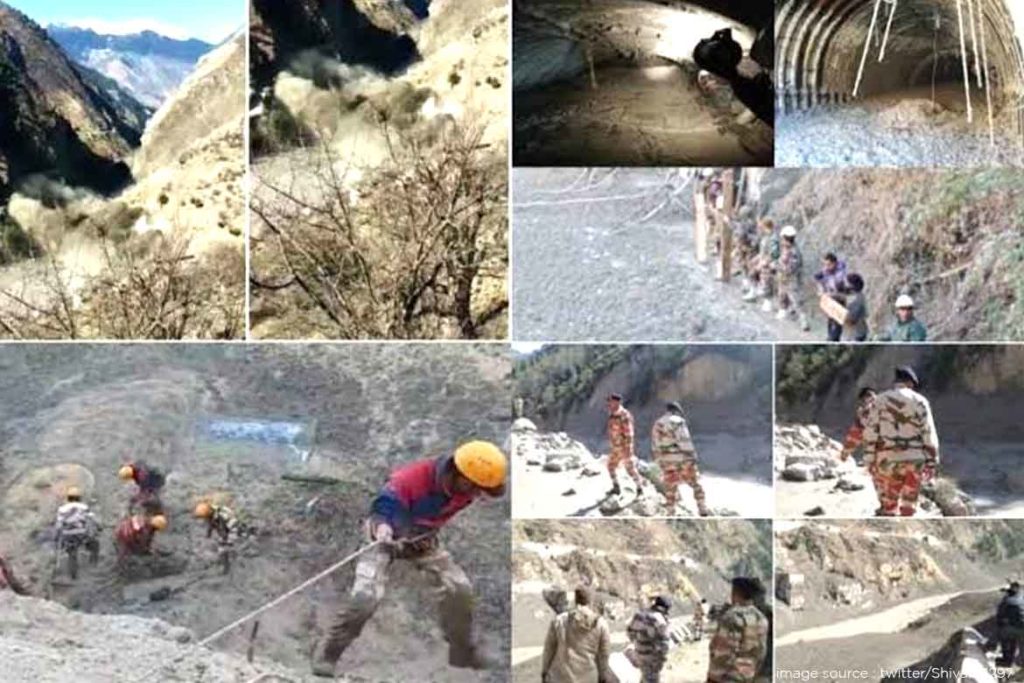The Rishiganga and Dhauliganga rivers were flooded after the glacier broke in Uttarakhand’s Chamoli on Sunday. The spate devastated the power projects and under-construction dams there. More than 200 people are feared to be dead. But why did this accident happen? Does this was purely a natural disaster? Or somewhere anthropogenic activities are also responsible. The answer is in a study done in 2019. This report states that the pace of melting of Himalayan glaciers has doubled in the 21st century, at present compared to the last 25 years of the last century. That is, the ice from the glaciers is constantly melting.

The lower part of the glaciers is being damaged due to the temperature rise. In such a situation, along with the scarcity offreshwater, accidents will also increase. An incident like Chamoli is a testimony to this. About 80 crore people depend on Himalayan glaciers for irrigation, electricity and drinking water. Scientists say that thisnatural source of water cease to exist in the next few decades, as we are losing a large number of glaciers.
One-Fourth of the glaciers have decreased in 40 years
Joshua Maurer, a PhD candidate at Columbia University in the US, said the study is the clearest picture of how fast and why the Himalayan glaciers are melting in this interval. Lead author of the study said that although this study has not been specifically calculated, these glaciers may have lost up to a quarter of their size in the last 40 years.

Asian Countries are at risk
Researchers noted that fossil fuels and biomass are being heavily used in Asian countries. Most of the soot emanating from it falls on the surface of the white surface ofthe glacier.The white surface of the glacier reflect back most of the sunlight, but this deposited soot absorbs heat from the sunlight. The result is that they tend to melt faster. The study found that from 1975 to 2000 the glaciers here lost about 0.25 meters of snow every year due to the slight heat. In the early 1990s, the problem of global warming began to arise. In the early 2000s, the melting of glaciers accelerated by about half a meter annually.
The biggest loss from global warming

Also read: Heatwave events are rising across the planet since the last 70 years: study says
Temperature data were collected from ground stations during the study. The team compared this data, which revealed what is really happening. The global warming is causing the most damage to the ice. The Himalayan glaciers are not melting as fast as the Alps, but its process is the same. Although this study did not include high peaks such as Pamir, Hindukush or Tian Shan, some other studies show that the snow there is also melting similarly.
Power Projects: Another major concern
After incidents of such a scale, the fingers have always been pointed at power projects. The Supreme Court has expressed concern over this. Even the Central Government’s own Ministry of Water Resources has agreed before the Supreme Court in 2016 that any new power project on the Ganges in Uttarakhand is a threat to the environment.

The Supreme Court had banned 24 out of 39 power projects in the state after the 2013 Kedarnath tragedy, but despite the case being in the Supreme Court, work on dams and power projects in Uttarakhand continues.
On December 13, 2014, the Supreme Court asked in this case that if these power projects threaten the forest and the environment, then why are they not being cancelled? Why is there no action against the officials who approved them? The environment should not be compromised in development plans.

After this, in the affidavit filed by the Centre, it was said that the government will scientifically do all the development work. The Supreme Court issued a directive to the Central Government on 28 February 2020, stating that the government may consider shifting these projects from eco-sensitive zones to other areas so that they do not endanger people’s lives. The trial of the case is still going on.
